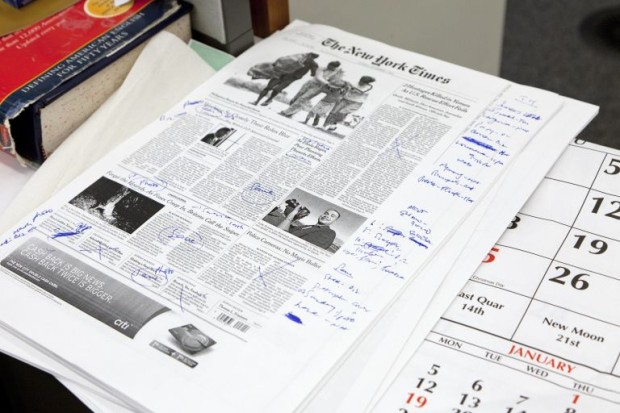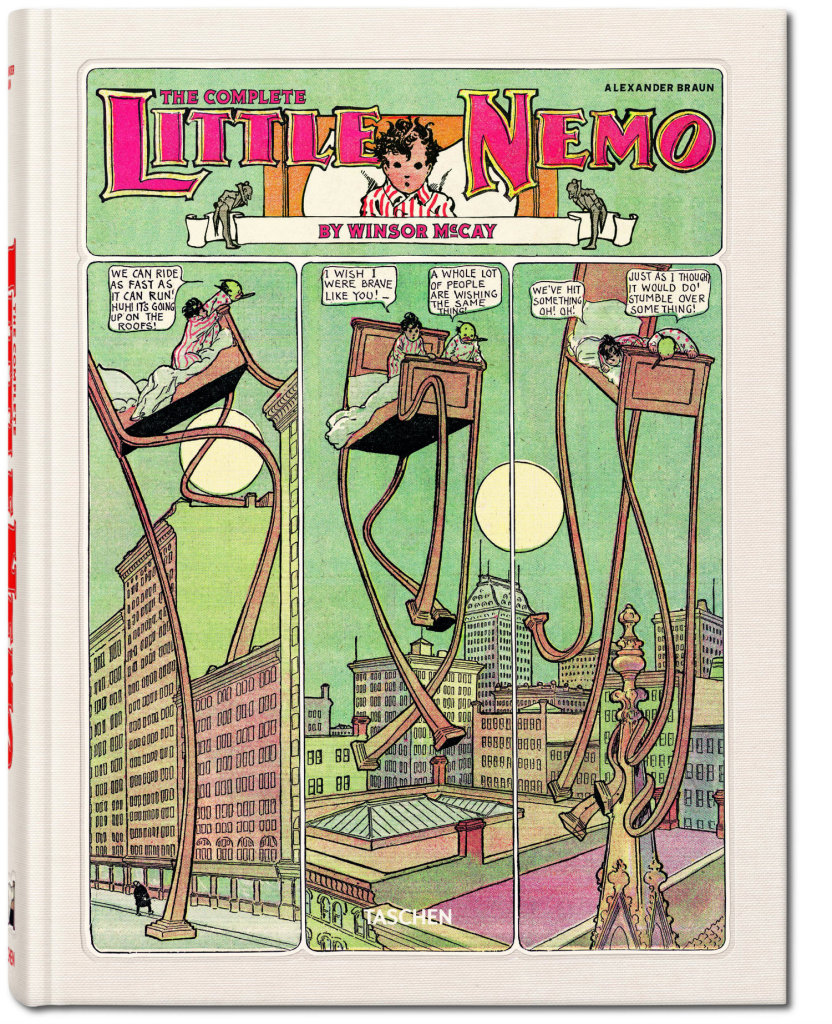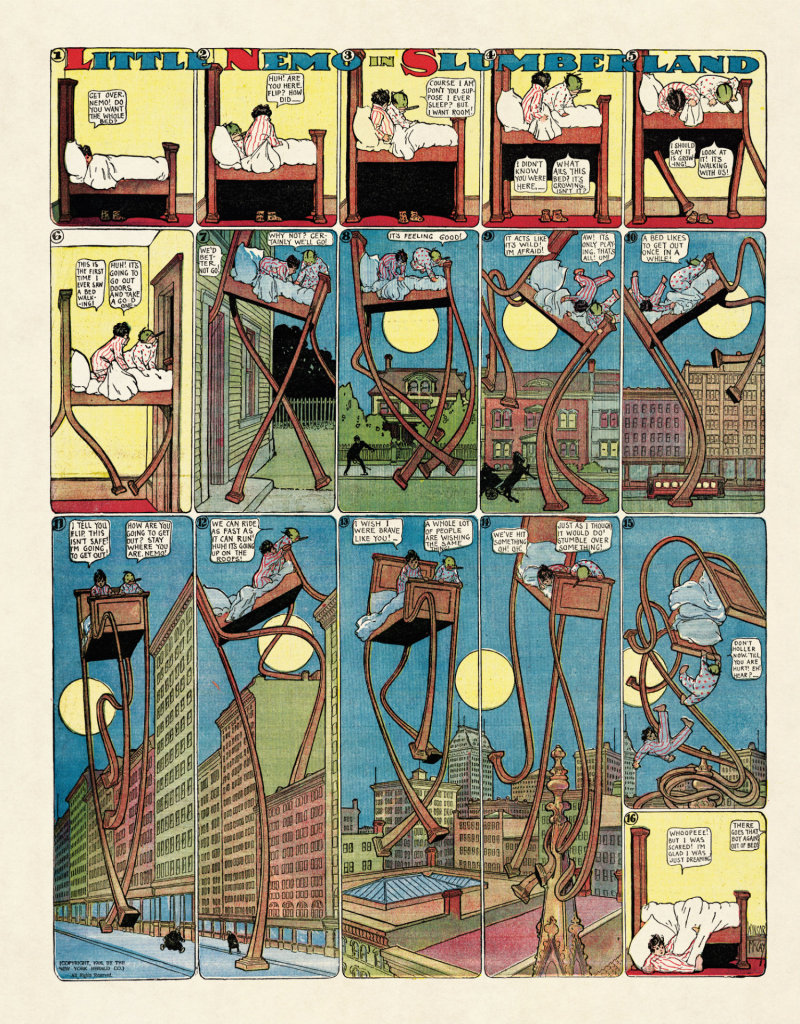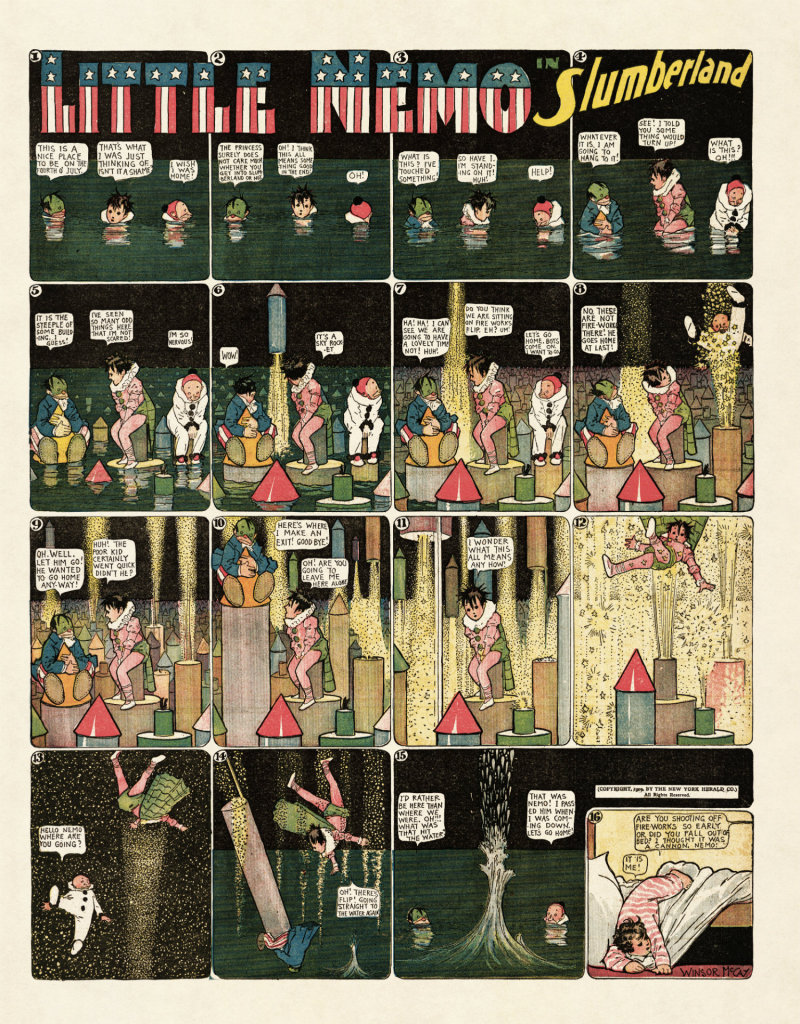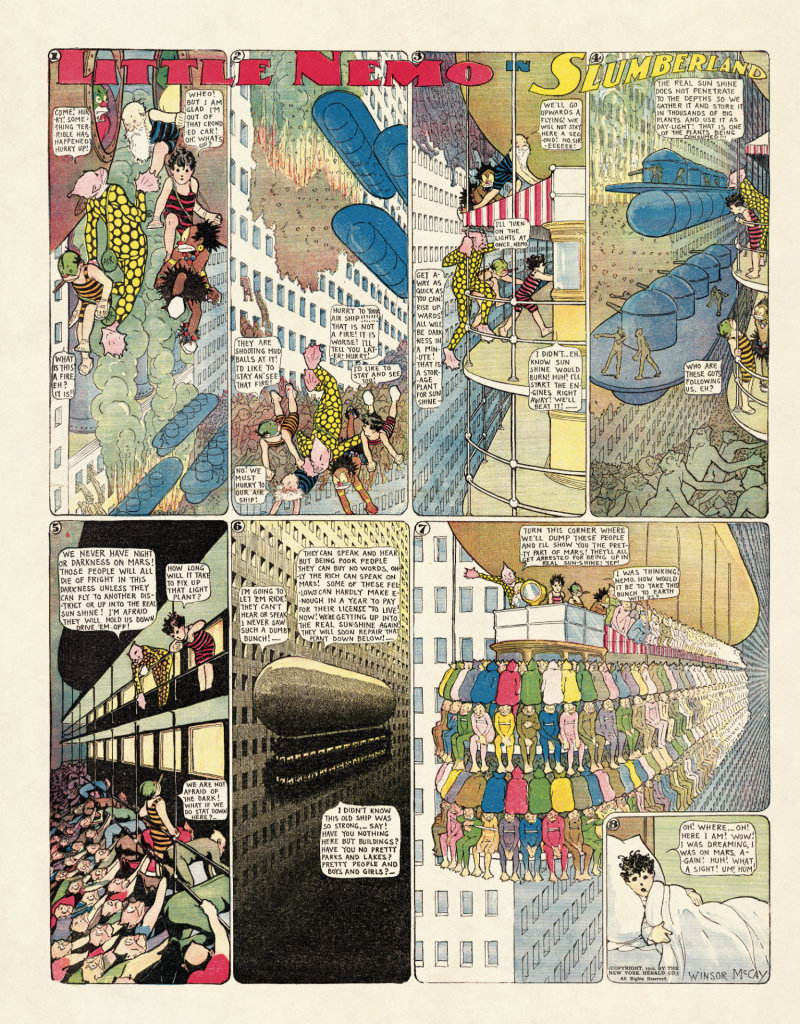James Fallows, veteran journalist and author of Breaking the News, has a lengthy article in The Atlantic on Gawker and the effect of digital media on journalism:
One by one, the buffers between what people want and what the media can afford to deliver have been stripped away. Broadcast TV was deregulated, and cable and satellite TV arose in a wholly post-regulation era. As newspapers fell during the rise of the Internet, and fell faster because of the 2008 recession, the regional papers fell hardest. The survivors, from The New York Times to the National Enquirer, will be what British newspapers have long been: nationwide in distribution, and differentiated by politics and class. The destruction of the “bundled” business model for newspapers, which allowed ads in the Auto section to underwrite a bureau in Baghdad; the rise of increasingly targeted and niche-ified information sources and advertising vehicles; and the consequent pressure on almost any mass offering except for sports—all of these are steps toward a perfected market for information of all sorts, including news. With each passing month, people can get more of what they want and less of what someone else thinks they should have.
Every news organization recognizes this shift… The Atlantic is now profitable in part because traffic on our Web site is so strong. Everyone involved in the site understands the tricks and trade-offs that can increase clicks and raise the chances of a breakout “viral” Web success. Kittens, slide shows, videos, Sarah Palin—these are a few. For us and for other publications, they are complications. For Gawker, they’re all that is.
According to Fallows, however, the disruption is also creating new, positive opportunities:
Economic history is working against “legacy” news organizations like the BBC, The New York Times, NPR, and most magazines you could name. But historical forces don’t play out on a set schedule, and can be delayed for a very long time. Economic history is also working against museums, small private colleges, and the farm-dappled French countryside, but none of them has to disappear next week. Even as it necessarily evolves, our news system will be better the longer it includes institutions whose culture and ambitions reach back to the pre-Gawker era, and it would be harder and costlier to try to re-create them after they have failed than to keep them on life support until their owners find a way to fit their values and standards into the imperatives of the new systems.
But the new culture also creates positive opportunities—as, it’s worth saying again, every previous disruption has… At no stage in the evolution of our press could anyone be sure which approaches would support life, and which would flicker out. Through my own career I have seen enough publications and programs start—and succeed, and fail—to know how hard it is to foresee their course in advance. Therefore I am biased in favor of almost any new project, since it might prove to be the next New York Review of Books, Rolling Stone, NPR, or Wired that helps us understand our world.
If you are interested in journalism and news media, the whole article is definitely worth your time.
Like this:
Like Loading...
